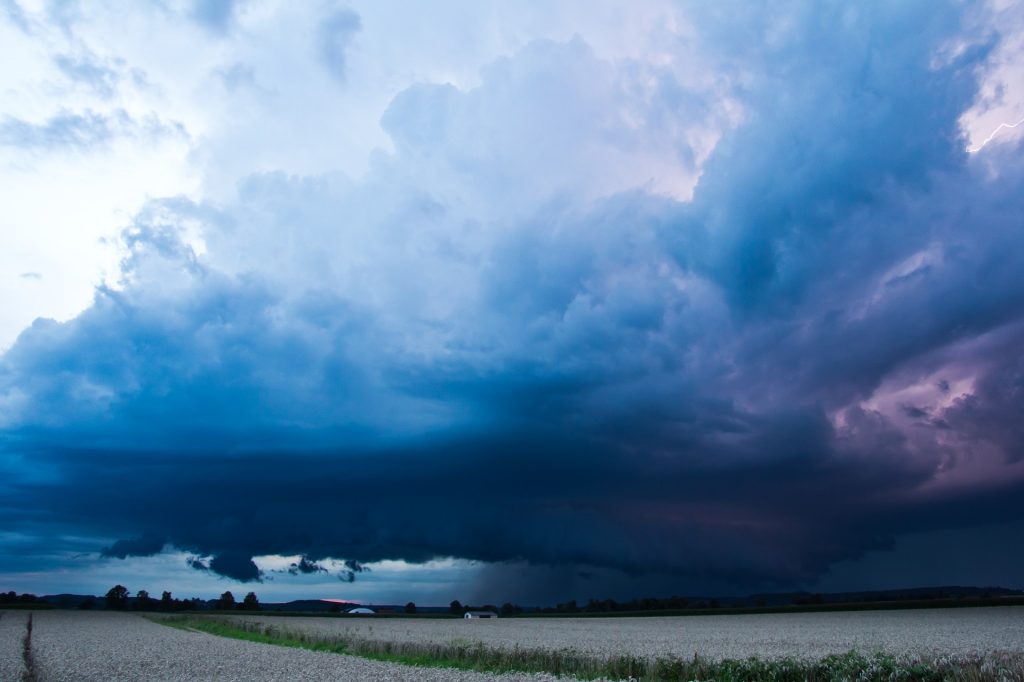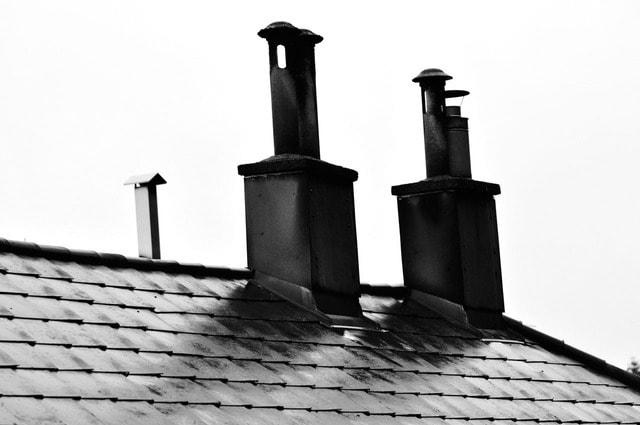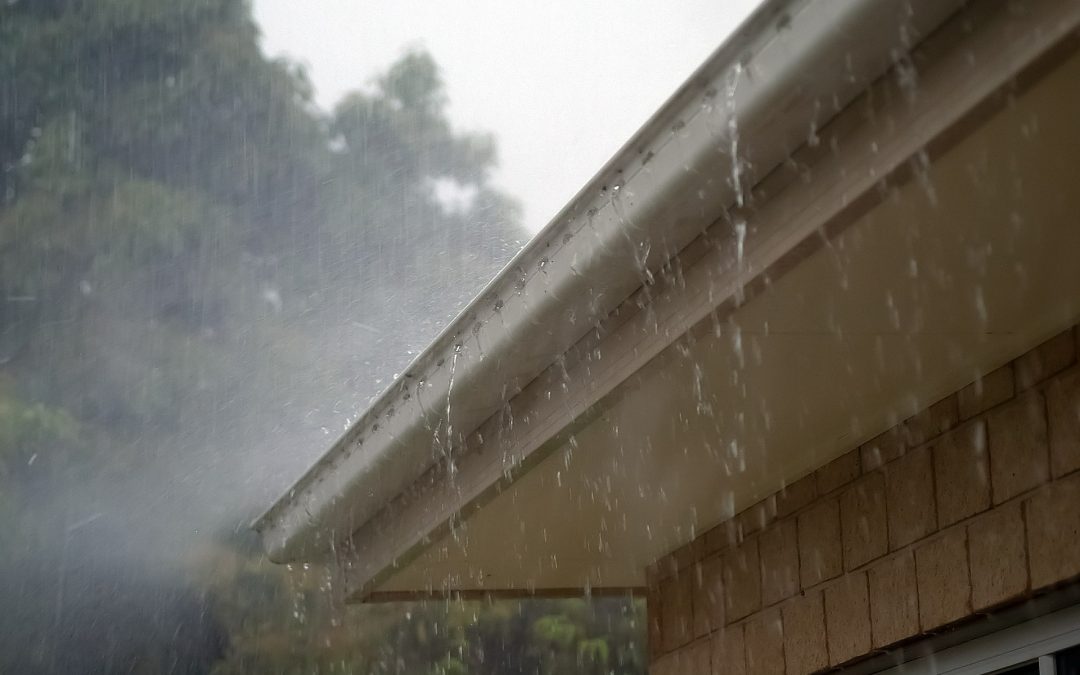On most days, wondering how to perform a storm damage roof inspection is probably the furthest thing from your mind.
The day after a violent storm, however, it should be one of the first things to occur to you. Has your roof suffered damage? If so, how quickly does it need to be fixed, and how much will it cost?
Follow these four steps to start your inspection.
Inspect your Shingles
After a storm, the two main kinds of damage you need to check for are wind damage and hail damage.
Wind damage can be a result of debris carried by the wind, but even simply the wind itself can be enough to cause damage over time. Particularly around the edges of a roof, or anywhere the shingles are loose, wind blowing underneath tends to push the shingles up.
Even if the results are slight the first time this happens, the same shingles will be more loose and thus more vulnerable for the next storm. After several storms, this can suddenly cause a large leak. Pay attention to your shingles and see whether any seem to be coming loose!
Even if they are lying flat, check to see whether they show signs of being lifted by wind and struck against each other.

The other main threat to shingles comes from hail – since it falls from such a great height, even small pieces can dent and weaken shingles.
Check for shingles which look as though they’ve been struck – they’ll be dented, and usually the dent will look darker than the surrounding surface, since the impact will have knocked off some the lighter shingle granules.
Before you inspect your shingles, you should make sure you know the #1 mistake people make when trying to identify hail damage – watch this video to learn more!
Check Your Gutters and Downspouts for Shingle Granules
This can be much quicker and easier than actually taking a look at the roof, but it also gives you less information.
Granules that are embedded on the surface of your shingles will slowly loosen and fall off over time, but they can be weakened much more quickly by hail or blown debris. If your gutters and downspouts suddenly show a large build up of shingle granules, that could be a bad sign – your roof is losing its protective coat.
On the other hand, if you have an old roof and there are unusually few shingle granules in the gutters, this could be a sign that your roof has largely lost its coat and will need repair.
Check For Moisture
Soon after the storm, you’ll want to check your upstairs rooms and attic for any unusual moisture. If there is any, it’s likely the result of a new leak in the roof – something you’ll want repaired immediately!
If you aren’t able to inspect your attic immediately for moisture, look instead for stains or discoloration left behind by the evaporated rainwater.

Check for Flashing Damage
Finally, as the last part of how to perform a storm damage roof inspection, check for flashing damage.
Flashing, if you weren’t aware, is very thin metal used to join together different sections of a roof while remaining watertight. Without flashing, vulnerable areas of your roof or home would be dampened every time it rained, becoming vulnerable to mold and rot.
Storms can damage flashing in a variety of ways – it’s very vulnerable to hail since it is extraordinarily thin, so you’ll want to pay close attention to it if you’ve just suffered from hail. Similarly, wind and blown debris can pry up or bend flashing, breaking its watertight seal. This results in leaks and, over time, rot damage.

